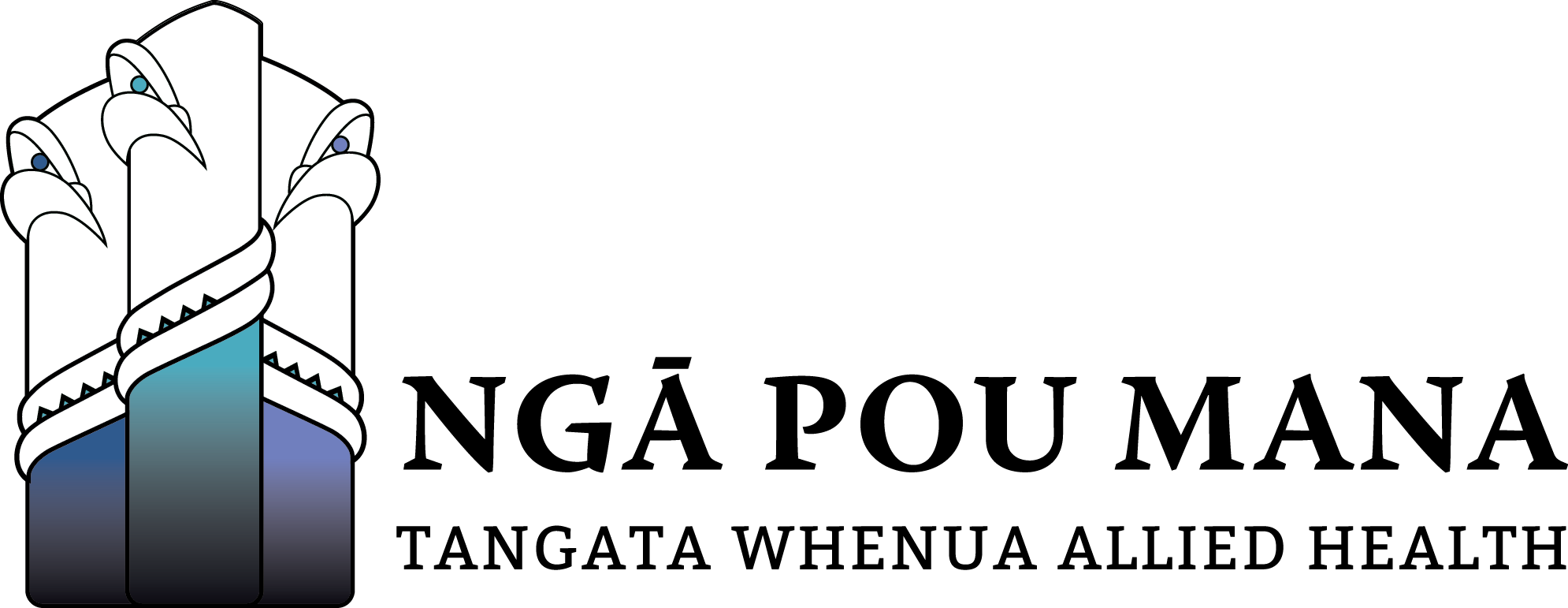Evidence shows that diverse and inclusive organisations have a stronger focus on wellbeing and mental health for their workforce.
When it comes to true inclusion, everyday interactions with peers and leaders matter as much as policies and formal processes.
Our workplace and culture are reflections of what we do and how we do it, based on our mix of diverse skills, experiences, cultures and backgrounds.



